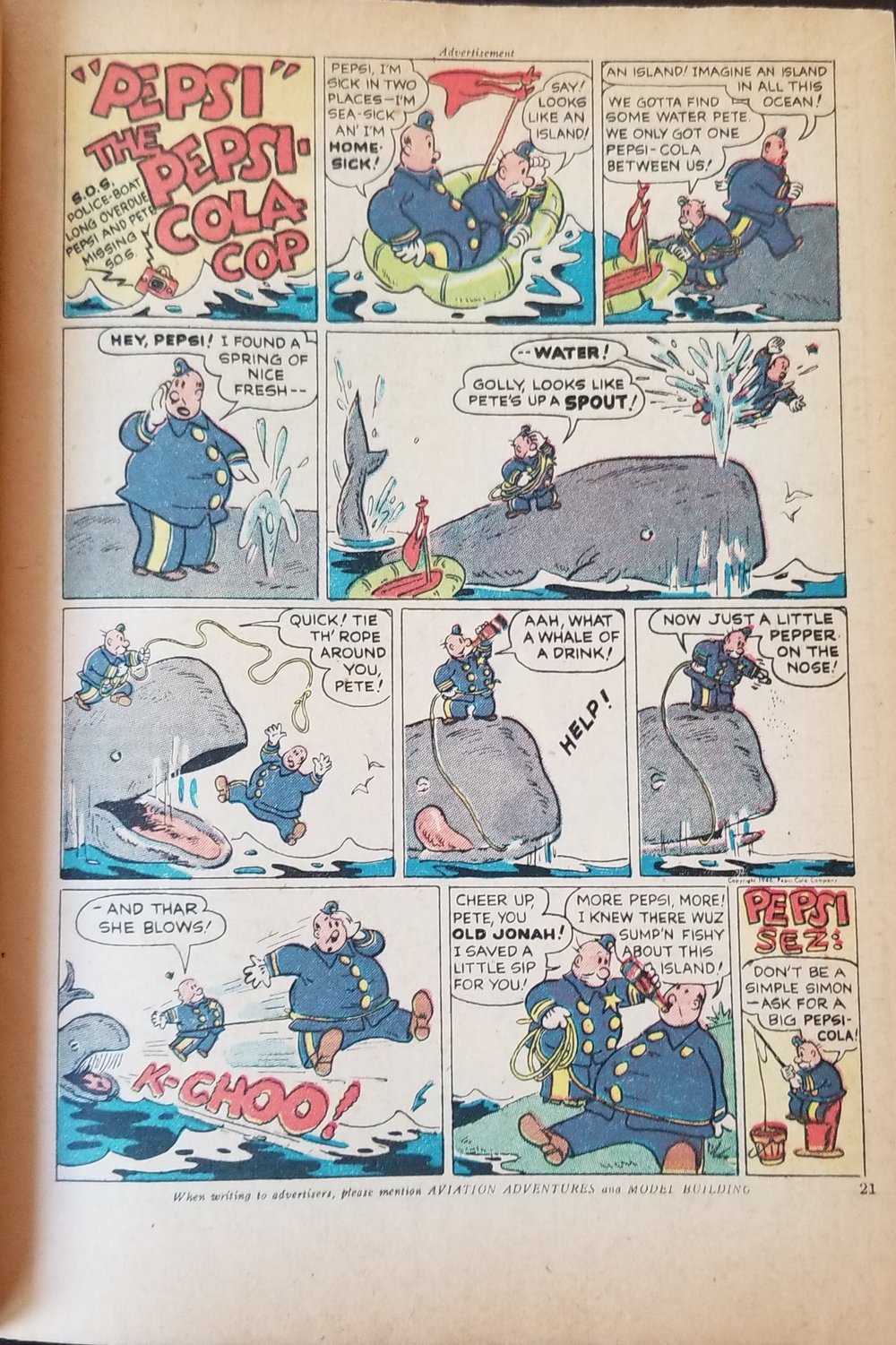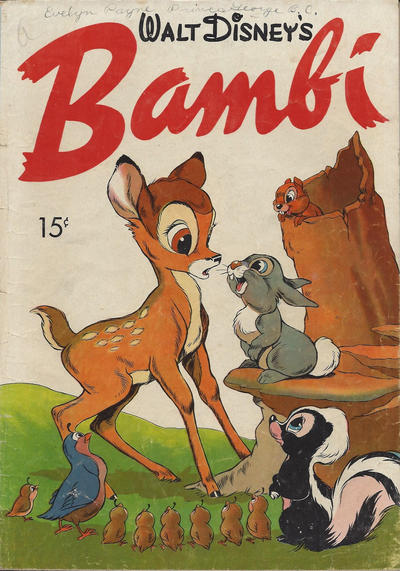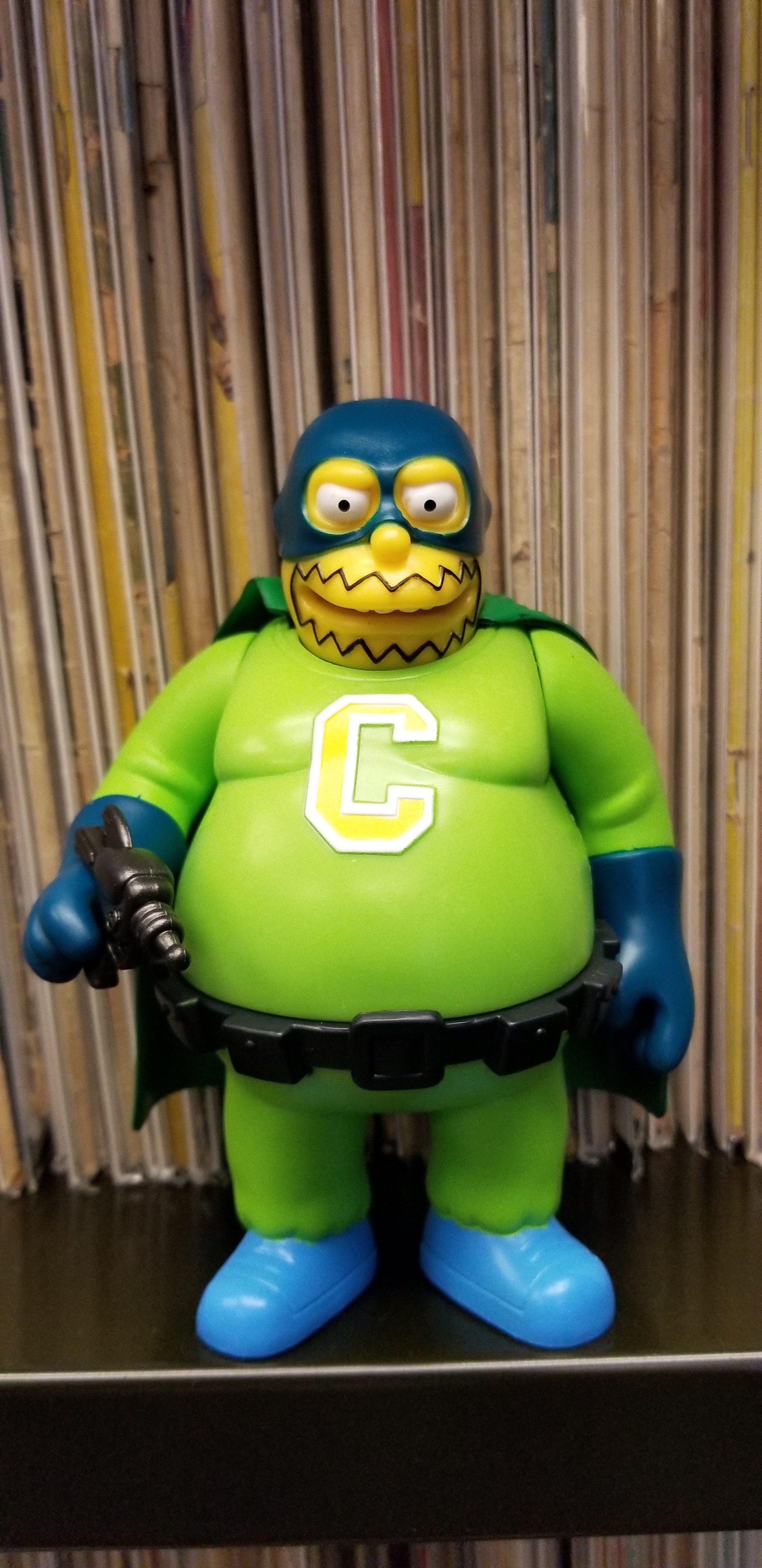0262: Skyman #4 (1948)
This week I'll be posting about some of our more recent acquisitions before they head to the shelving unit, so we'll be looking mostly at comics from the 1930s and 1940s. This is one of the least written about periods of the American comic book (at least among scholars), and is also an area that is most prone to generalization and assumption. There's a lot to see here.
I will admit that the first thing that caught my attention about this, the final issue of Skyman, was the boy with the Jughead hat. Having written Twelve-Cent Archie, I did some looking into that hat and its design origins in the early-1940s, so finding one here in the late-1940s was enough for me to set the comic book aside. But there is a lot going on here aside from that. "Clean Comics For Everyone" is a heck of a slogan if you know the history of comics reception during this period (Columbia also used that phrase on their flagship title, Big Shot Comics). More than that, however, I was struck by the Ogden Whitney signature right below the title.
One of the elements that we are coding for is cover credits. In the 2000s, these are spectacularly common (except among comics targeting young readers), and they are fairly common in the 1990s and even, a bit, in the 1980s. A lot of scholarship presumes them to be absent from the earliest comics, but our corpus isn't really showing that at all. Lev Gleason's comics, for example, mostly have them, and so do a pretty remarkable number of comic books from the 1930s - particularly those with comic strip reprints in them.
The Whitney credit here is a little bit more out of place. Whitney, who was inducted into the Eisner Hall of Fame a few years ago, co-created Skyman (a superhero with no powers other than wealth and a weird plane) with Gardner Fox, and his adventures ran in Big Shot Comics beginning in 1940. There were four Skyman special issues in 1941, 1942, 1947 and 1948 (this one). Whitney signed all four covers, and the third issue even has a "By Ogden Whitney" under the title, while this issue lost the "By" but otherwise looks the same.
Similarly, all of the interior stories are signed by Whitney with a "By". The GCD doesn't credit him as the writer (they leave it an open question), but Columbia lets him imply he did the whole thing. Maybe he did? In terms of our project, it's not that relevant who wrote the stories, but the fact that an author is assigned to the work is important to us overall.
Columbia were a weird publisher that was in business from 1940 to 1949. We have a few issues of Big Shot Comics in the corpus, and a couple of other Columbia strip reprint titles. The publisher was never a big player, as their short life indicates. This book is somewhat anomalous for its dearth of ads - it contains only three, an in-house ad for Big Shot Comics on the inside front cover, a Charles Atlas ad on the inside back cover, and an ad for a combination cigarette lighter/flashlight/keychain on the back cover.



































